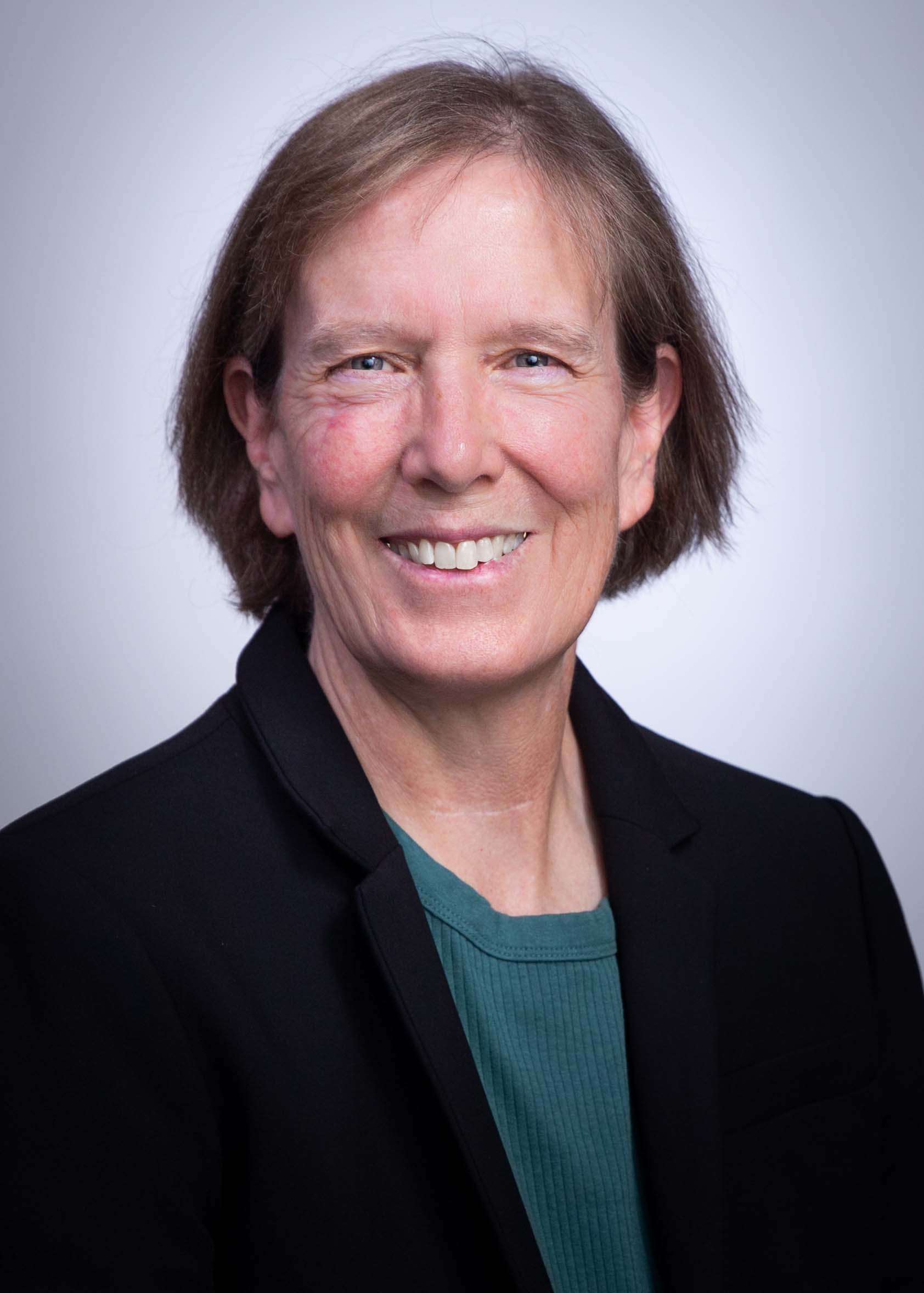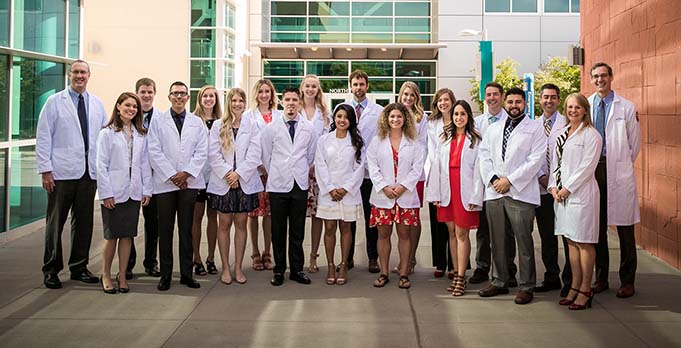The University of New Mexico School of Medicine is one of 10 medical schools selected by the National Board of Medical Examiners (NBME) to participate in a two-year program to improve the assessment of medical students as they develop their clinical skills in patient encounters.
“The School of Medicine has a long tradition of using observed clinical examination as part of the milestones for medical students,” says Janet Veesart, MD, associate professor in the UNM Department of Emergency Medicine and assistant dean for clinical education. “They start out doing the clinical skills exams and patient interviewing interactions in their first year.”
In their third year, medical students undergo observed structured clinical examinations (OSCE) consisting of videotaped meetings with “standardized” patients – actors who have been to simulate various ailments, she says. Students are graded on their communication and diagnostic skills in the encounters.
The new NBME initiative creates a Clinical Reasoning Creative Community that includes faculty, staff and students from the participating medical schools, Veesart says. “They want to explore how we structure the OSCEs to better reflect the students’ clinical reasoning.”
“NBME created these creative communities to bring together schools that have experience in this area in a collaborative effort to brainstorm and find new ways of incorporating clinical reasoning in these OSCEs.”
NBME also targeted diversity with the aim of leveling the performance of students across all backgrounds, Veesart says. “UNM is one of the top five medical schools for diversity in the nation. We fit part of their profile really well.”
In announcing the initiative, NBME said its goals included enhancing students’ clinical reasoning skills, presenting patient groups without bias or stereotypes, minimizing group differences in student outcomes, and supporting skill development in medical education and training.
Each of the schools will receive a $150,000 stipend for participating in the two-year project. In addition to UNM they include:
- Duke University School of Medicine
- Howard University College of Medicine
- Kaiser Permanente Bernard J. Tyson School of Medicine
- Morehouse School of Medicine
- Southern Illinois University School of Medicine
- University of Central Florida College of Medicine
- University of Cincinnati College of Medicine
- University of Connecticut School of Medicine
- University of New England College of Osteopathic Medicine

We try to get students into clinical situations as early as we can. Our students come out of medical school very skilled communicators
UNM’s School of Medicine has long prioritized having students interact with patients from early in their medical education. “We try to get students into clinical situations as early as we can,” Veesart says. “Our students come out of medical school very skilled communicators.”
The new NBME initiative is in line with that philosophy, she says. “It’s a logical step in the path the School of Medicine has been following since it started.”
